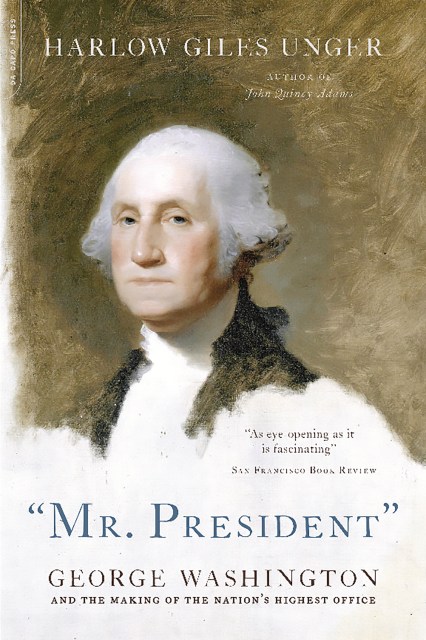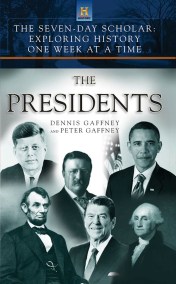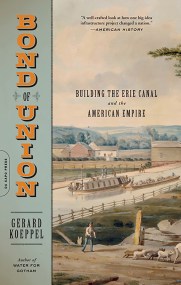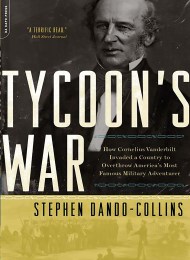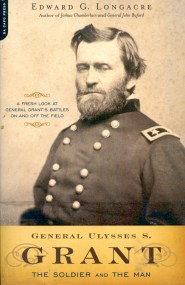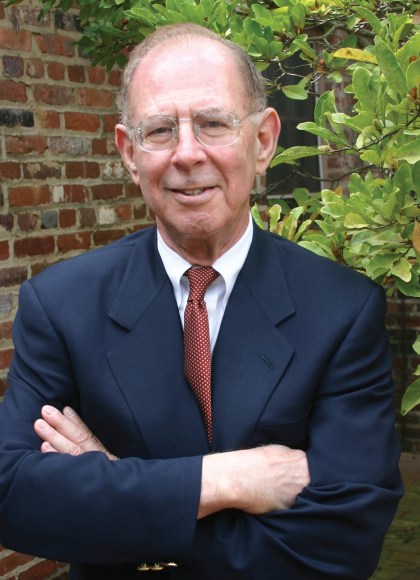Promotion
Use code MOM24 for 20% off site wide + free shipping over $45
"MR. PRESIDENT"
George Washington and the Making of the Nation's Highest Office
Contributors
Formats and Prices
Price
$15.99Price
$19.99 CADFormat
Format:
- Trade Paperback $15.99 $19.99 CAD
- ebook $9.99 $11.99 CAD
This item is a preorder. Your payment method will be charged immediately, and the product is expected to ship on or around February 10, 2015. This date is subject to change due to shipping delays beyond our control.
Also available from:
In this startling look at the birth of American government, award-winning author Harlow Giles Unger shows how George Washington transformed the presidency from a ceremonial post into the most powerful office on earth. Washington combined political cunning, daring, and sheer genius to seize ever-widening powers and impose law and order on the young nation while ensuring individual freedom for its citizens.
Genre:
- On Sale
- Feb 10, 2015
- Page Count
- 288 pages
- Publisher
- Da Capo Press
- ISBN-13
- 9780306823534
Newsletter Signup
By clicking ‘Sign Up,’ I acknowledge that I have read and agree to Hachette Book Group’s Privacy Policy and Terms of Use
